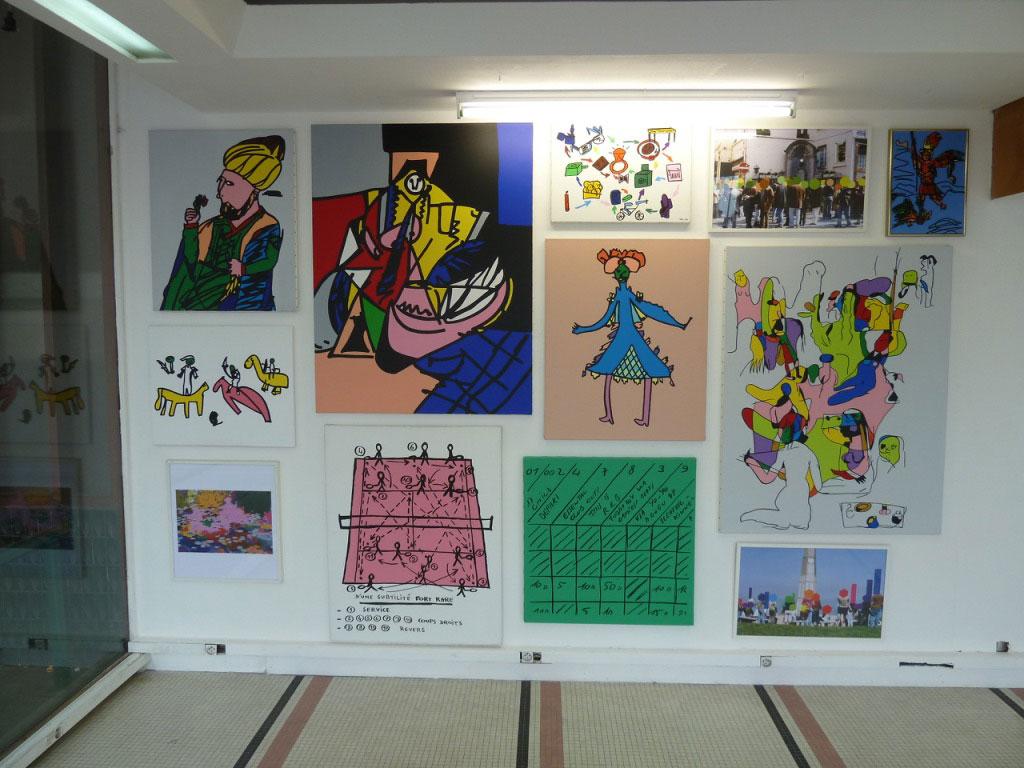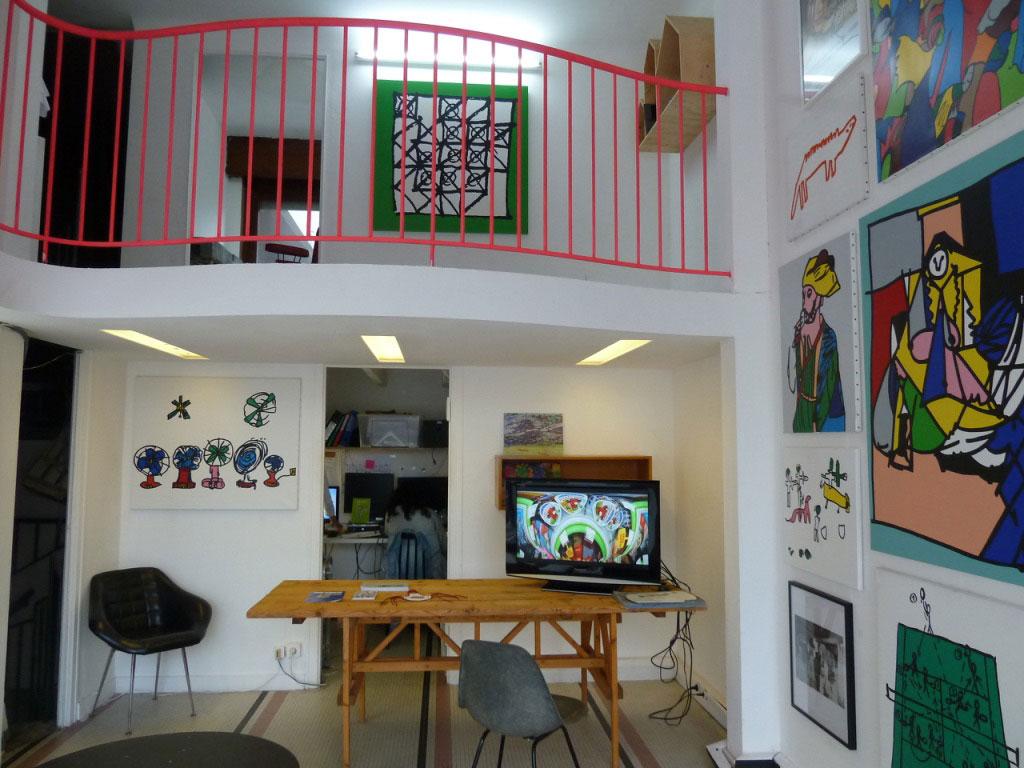Jean-Philippe Lemée
Born in 1957
Lives and works in Rennes


Like many artists who came to notice in the late 1980s, Jean-Philippe Lemée records and assumes the twofold legacy upon which 20th century art is built: pictorial modernity and the re-appraisal carried out by Marcel Duchamp. The most visible part of his work appears in the form of painted pictures, which he calls “Handmade Pictures”. In them we see representations of military and sporting strategies (Battles, Tennis, etc.), plenty of references to Art History (Fra Angelico, Poussin, Courbet, Warhol, and the like), but also common-or-garden objects of daily life, or parlour games (« Win, Lose or Draw »). The picture form is indisputable: canvas tight on stretcher, design, colour… the painting in what it can offer in terms of immediate obviousness. But beyond this visual impact, a particular procedure is at work, which has its historical origin in the re-casting of roles which Marcel Duchamp stirred up by inventing the readymade in the early 1910s, and which other artists, among the most relevant, refined between the 1960s and today. Lemée explores this idea down to its ultimate consequences, an idea whereby the onlooker plays an active part in the reality of what is called a work of art. He perfectly illustrates that re-definition of the artist’s place, no longer a demiurge, absolute and inaccessible, but a centralizer of initiatives and actions, gestures and energies, and a revealer. Because art can no longer be reduced to the object (pictures, sculptures and so on), the artist here becomes a director, coordinator of contributions and experiences in which what was formerly called the audience is invited to the banquet in which the painter of letters also takes part, producing pieces, and all those who, in differing degrees, contribute to these moments.
Excerpt from an essay by Jean-Marc Huitorel.